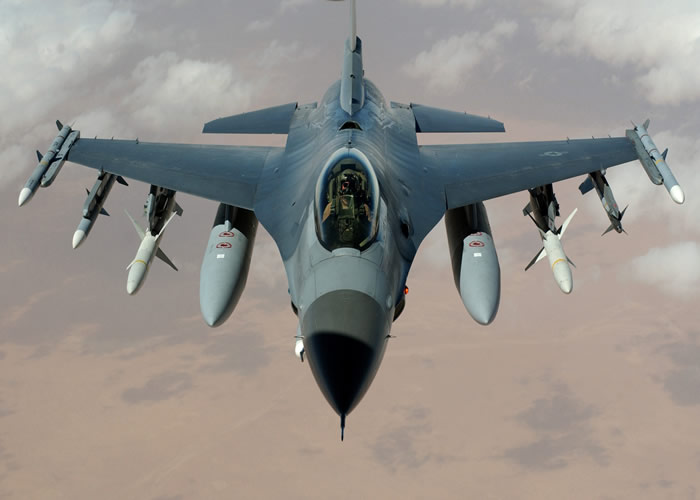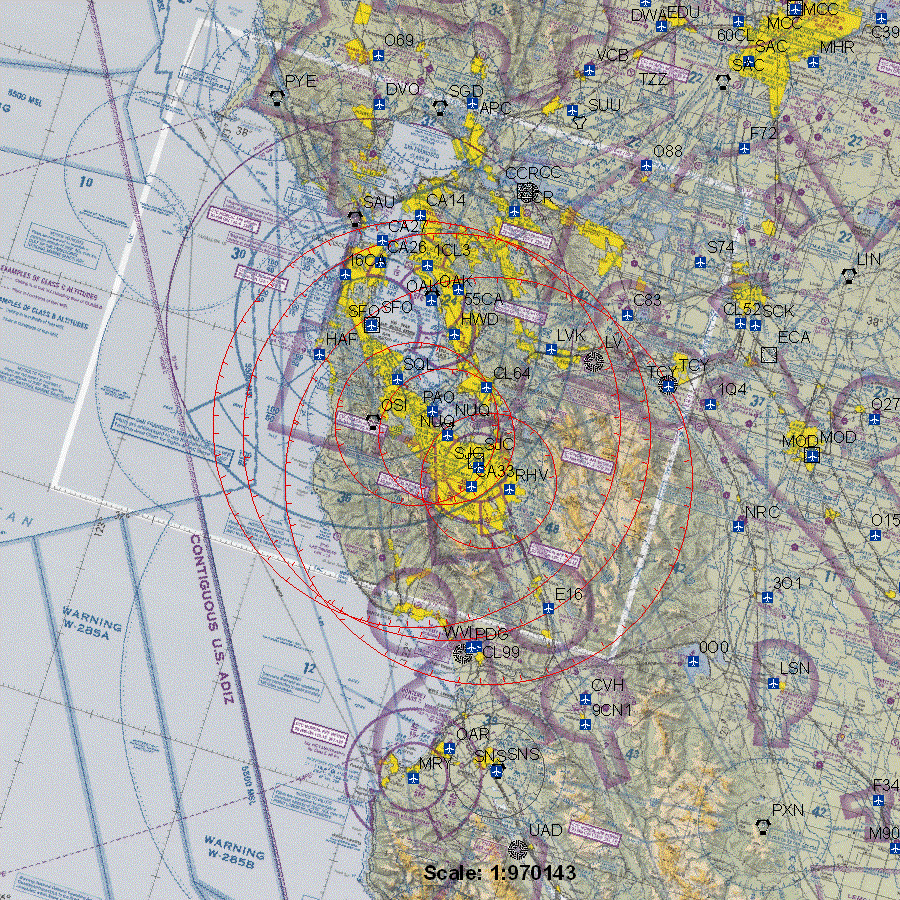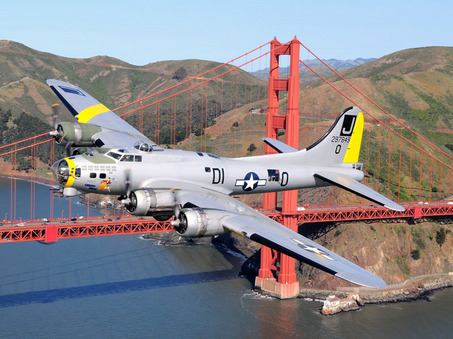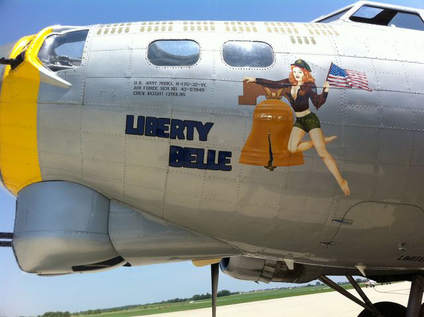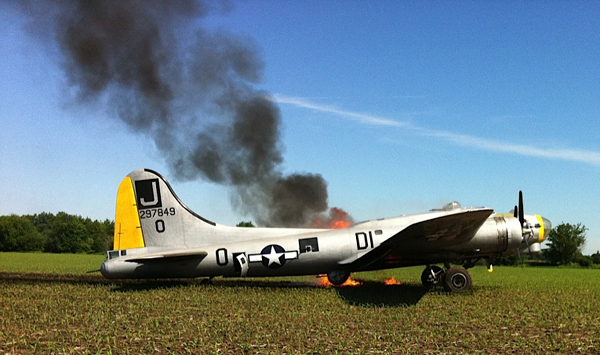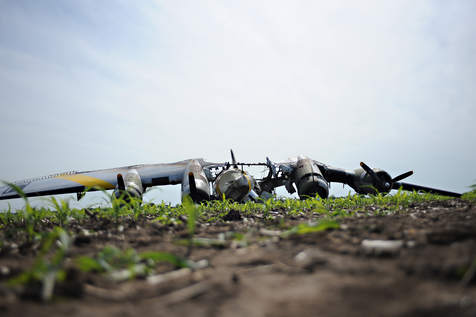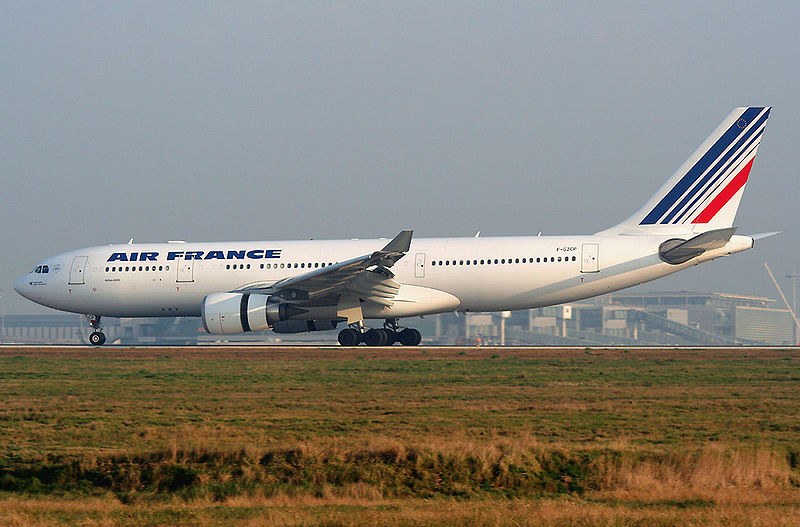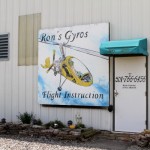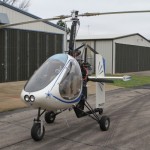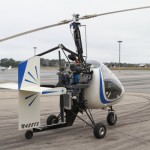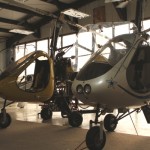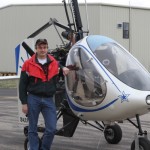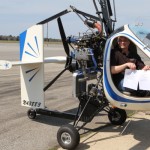Airmanship
posts displayed by category
New Webinar – “Checklists – Why? What? How?”
Oct 07 2011From the FAA Safety Team :
“LIVE WEBINAR; Checklists – Why? What? How?
Offered 3 Different Times on Oct. 18!”
Topic: Developing and Using Effective Checklists in General Aviation
On Tuesday, October 18, 2011 at 3:00PM, 8:00PM and 10:00 PM EASTERN, or 12:00Noon, 5:00PM and 7:00PM Pacific.
Location:
ON YOUR OWN COMPUTER!
Bright Spot, Inc.
Hilton, NY 14468
Select Number:
EA2340844
Description:
This live webinar is intended to increase the pilot’s awareness of how effective and efficient checklist usage can actually lower the pilot’s workload and increase safety. Even the most simple airplane can be flown more safely by incorporating appropriate checklists. See here for details on how to participate in this exciting FREE webinar!
To view further details and registration information for this seminar, click here.
The sponsor for this seminar is: The FAA Safety Team
The following credit(s) are available for the WINGS/AMT Programs:
Basic Knowledge 3 – 1 credit
Click here to view the WINGS help page
Over 136,600 pilots earned WINGS credits last year. Will you, this year?
The President is coming!
Sep 22 2011You really do not want to see one of these coming at you. Plus his wingman is watching from behind!
The CiC is going to be in town Sunday and Monday. You already know what that means – Temporary Flight Restrictions (TFRs). This NOTAM has just been published. Here’s also a picture:
As usual there are two levels of restrictions. Within 10 nautical miles we simply cannot fly. All flight except law enforcement and military is prohibited.
Within 30 nm we can fly, but we need to have a flight plan prefiled and opened before takeoff, and a discrete transponder code also assigned before takeoff.
Similarly when returning, we need to be on a prefiled and activated flight plan, and squawking a discrete transponder code.
If you break any of these rules, you will be intercepted. You do know your intercept procedures don’t you? Maybe time to refresh? AOPA Publishes a handy card for your kneeboard.
Also, many pilots seem to have forgotten that FDC NOTAM 4/4386 is still in force and requires us to listen to 121.5MHz whenever we are able. So do not switch off that radio, tune it to 121.5 and listen. See below (emphasys is mine):
!FDC 4/4386 FDC SPECIAL NOTICE… NATIONAL AIRSPACE SYSTEM INTERCEPT PROCEDURES. AVIATORS SHALL REVIEW THE FEDERAL AVIATION ADMINISTRATION AERONAUTICAL INFORMATION MANUAL (AIM) FOR INTERCEPTION PROCEDURES, CHAPTER 5, SECTION 6, PARAGRAPH 5-6-2. ALL AIRCRAFT OPERATING IN UNITED STATES NATIONAL AIRSPACE, IF CAPABLE, SHALL MAINTAIN A LISTENING WATCH ON VHF GUARD 121.5 OR UHF 243.0. IF AN AIRCRAFT IS INTERCEPTED BY U.S. MILITARY AIRCRAFT AND FLARES ARE DISPENSED, THE FOLLOWING PROCEDURES ARE TO BE FOLLOWED: FOLLOW THE INTERCEPT’S VISUAL SIGNALS, CONTACT AIR TRAFFIC CONTROL IMMEDIATELY ON THE LOCAL FREQUENCY OR ON VHF GUARD 121.5 OR UHF GUARD 243.0, AND COMPLY WITH THE INSTRUCTIONS GIVEN BY THE INTERCEPTING AIRCRAFT INCLUDING VISUAL SIGNALS IF UNABLE RADIO CONTACT. BE ADVISED THAT NONCOMPLIANCE MAY RESULT IN THE USE OF FORCE.
Last time the President was in the Bay Area, F16s intercepted and escorted a Mooney which flew into the TFR. He was lucky he was not heading for Palo Alto as he was not listening and had no idea there was a TFR. Flight Service briefing anyone?
News: FAA Revamps NOTAM system
Jul 06 2011NOTAM Changes in Effect June 30
Beginning June 30, you may notice a few new changes with NOTAMS. In an effort to promote global consistency, the FAA is adopting several format changes to make NOTAMS more ICAO-compliant. As the new Federal NOTAM System (FNS) policy is developed, software changes are being made in the U.S. NOTAM System to enable a smoother transition to the FNS.
Among the changes to be expected are: the keyword RAMP will be replaced with APRON; keywords ODP, SID, STAR, CHART, DATA, IAP, VFP, ROUTE, and SPECIAL will be added; NOTAMS relating to SIDs, graphic ODPs, and STARs will be issued as Flight Data Center (FDC) NOTAMS; and components of an ILS in a NOTAM will be distinguished by preceding the component with “ILS” followed by “RWY” and the runway number. For a full list of the changes, see the FAA notice at www.faa.gov/documentLibrary/media/Notice/N7930.91.pdf.
NOTAMS will be given to you by a live briefer, also DUATS, and they can always be accessed on: https://pilotweb.nas.faa.gov/PilotWeb/
Also, be sure to check out the article “Change is in the Air” from the May/June 2011 issue of FAA Safety Briefing, which takes a closer look at the ongoing efforts to modernize and make NOTAMs easier to use.
News: B17 Liberty Belle Fire – as told by the Chief Pilot
Jun 16 2011From: Ray Fowler
The Liberty Foundation, Chief Pilot
|
First, let me start off by sincerely thanking everyone for the outpouring of support that we are receiving. I am sorry that I have not yet had the opportunity to return the many phone calls, text or e-mails that I am receiving offering to help. Again, thank you for all of the kind words that we are receiving and for incredible offers to help emotionally, financially and/or with the recovery process. I hope this statement will help fill in a few details that everyone is wondering about that led to the loss of our “Liberty Belle”.Yesterday morning, both our P-40 and B-17 were scheduled to fly from Aurora, Illinois to Indianapolis, Indiana. We were in Aurora for the weekend as a part of our scheduled tour. Over the course of the previous week, we completed a scheduled 25-hour inspection on the B-17 which was completed by Saturday. On Saturday, the weather stayed below the required ceiling to give any passenger flights, however the B-17 flew in the morning on a routine training proficiency flight, performing several patterns. Following the flight, other maintenance issues arose that required us to cancel our Sunday flying schedule for repairs. The maintenance performed has not been, in any way, associated to the chain of events that led to Monday’s fateful flight, but is being considered in the preliminary investigation. However, due to the media’s sensational (mis)reporting, there is a large amount of misinformation that continues to lead the news.
The news misidentified the P-40 as flying chase during the accident. I was flying our P-40, however I had departed 20 minutes prior to the B-17’s takeoff on the short flight to Indianapolis to setup for the B-17’s arrival. The aircraft flying chase was a T-6 Texan flown by owner Cullen Underwood. Cullen is one of our rated B-17 Captains and an experienced aviator tagging along as a support ship. The takeoff of both aircraft was uneventful and proceeded on-course southeast. Prior to exiting Aurora’s airport traffic area, the B-17 crew and passengers began investigating an acrid smell and started a turn back to the airport. Almost immediately thereafter, Cullen spotted flames coming from the left wing and reported over the radio that they were on fire. As all pilots know, there are few emergency situations that are more critical than having an in-flight fire. While it is extremely rare, it can (and sometimes does) indiscriminately affect aircraft of any age or type. In-flight fires have led to the loss of not only aircraft, but often can result in catastrophic loss of life. It requires an immediate action on the flight crew, as the integrity of aircraft structure, systems and critical components are in question. Directly below the B-17 was a farmer’s field and the decision was made to land immediately. Approximately 1 minute and 40 seconds from the radio report of the fire, the B-17 was down safely on the field. Within that 1:40 time frame, the crew shutdown and feathered the number 2 engine, activated the engine’s fire suppression system, lowered the landing gear and performed an on-speed landing. Bringing the B-17 to a quick stop, the crew and passengers quickly and safely exited the aircraft. Overhead in the T-6, Cullen professionally coordinated and directed the firefighting equipment which was dispatched by Aurora Tower to the landing location.
Let me go on the record by thanking the flight crew for their professionalism. Their actions were nothing short of heroic and their quick thinking, actions and experience led to a “successful” outcome to this serious in-flight emergency. John and Bud (and Cullen) did a remarkable job under extreme circumstances and performed spectacularly. While the leading news stories have repeatedly reported the “crash” of our B-17, fact is they made a successful forced landing and the aircraft was ultimately consumed by fire. Airplanes are replaceable but people are not and while the aircraft’s loss is tragic, it was a successful result. This leads me into discussing the exceptional safety record of the Boeing B-17 and to hopefully squash the naysayers who preach we should not be flying these types of aircraft. Since we first flew the “Liberty Belle” in December of 2004, we have flown over 20,000 passengers throughout the country and if you count our historic trip to Europe in 2008, worldwide. Of the other touring B-17s, some of which that have been touring for over 20 years, they have safely flown hundreds of thousands of people. The aircraft’s safety record is spectacular and I am certain the overall cause of our issue, which is under investigation, will not tarnish that safety record. In fact, as many of you know, other B-17 have suffered significant damage (although not as bad as ours!), only to be re-built to fly again. From a passenger carrying standpoint, I can think of few aircraft that offer the same level of safety as the 4-engine “Flying Fortress”. As mentioned earlier, in-flight fires are extremely rare and certainly could affect any powered aircraft under certain circumstances. I would put my children today in any of the other touring B-17s to go fly. I suggest to anyone that was thinking of doing so when a B-17 visits your area to do so without giving our loss any thought. There is wild speculation going on as to the cause of our fire and the affect to other operators. Please let the investigation run its course and report the findings. The NTSB and FAA were quickly on the scene and we are working closely with them to aid in the investigation. As soon as we receive some additional information, we will release it via the website http://www.libertyfoundation.org/. The ultimate question remains, where does the Liberty Foundation go from here? After the investigation and recovery, we will determine our options. We are still committed to the restoration and flying of World War II aircraft. Again, we appreciate the support and people offering to help get us back flying. Please check back for updates. I will close by thanking everyone that made our tour so successful. From the first day of the B-17’s restoration, thank you for all of you who labored to get her flying over the initial restoration years and to everyone that has worked on her out on tour since. Thank you to the crewmembers, tour coordinators and volunteers who gave up weekends and countless hours to support her on the road. And finally, thank you to the passengers, donors and media patrons that flew aboard and everyone who supported our cause. Hopefully, this will not be the end of the story, but a new beginning. Regards, Ray Fowler
|
Air France 447 – Plane or Pilots?
Jun 03 2011
Much has been said about how the pilots of AF reacted incorrectly to an impending stall, but did they really? It would appear that initially maybe they did raise the nose, but it also seems the plane’s autotrim then kept the nose up despite efforts to get it back down. However, there should have been plenty of time and altitude to recover. As has been mentioned elsewhere, the plane was not in a departure from controlled flight, it held the nose up accurately and the wings responded to roll inputs. So why did it stay nose up for what must have been a terrifying three minutes? Why, even after the Captain entered the cockpit and commanded nose down, did the nose stay up?
Here’s an analysis from Der Spiegel that raises disturbing questions about the airplane’s control systems. I thought it was interesting enough to post the whole article rather than just a link, but you can also click on image above to go to Der Spiegel web site:
New Gyroplane Pilot Sergey Sinyachkin – pictures
Mar 19 2011
We now have pictures! Check out the aircraft and the newly minted pilot. Well done Sergey.
Sergey trained at Ron’s Gyros in Searcy, Arkansas.
New Commercial Gyroplane Pilot: Sergey Sinyachkin
Mar 14 2011Sergey
Continuing on his quest to earn every possible category and class rating, our intrepid CFI Sergey Sinyachkin has earned his Gyroplane Commercial rating. Sergey already has Commercial and Instructor ratings in airplanes, gliders, baloons and helicopters.
Gyroplane
What on earth is a Gyroplane you might ask? It is a rotorcraft, like a helicopter, exept the rotor is not powered by a motor, but turns due to airflow in flight. So it cannot hover like a helicopter, but can fly pretty slowly, and can settle straight down onto a tiny landing spot.
Congratulations Sergey!
Check out the Youtube video below:


